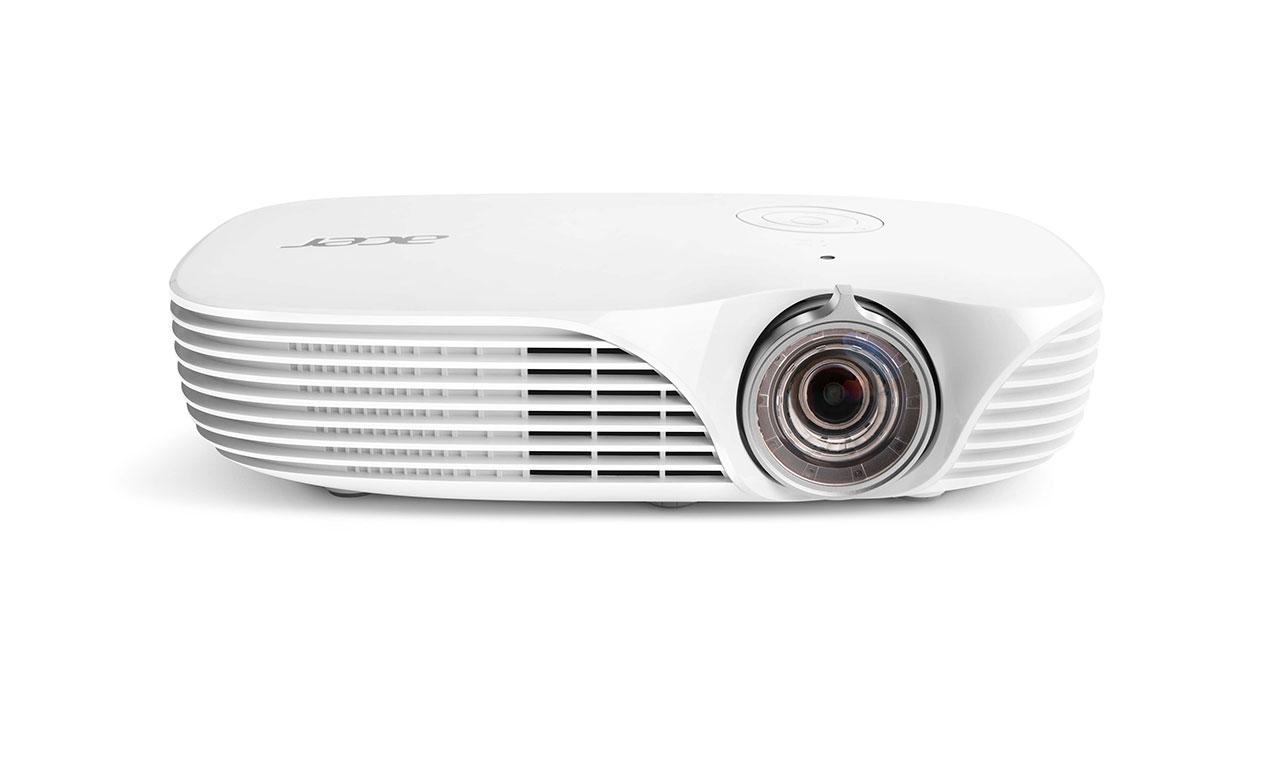

(Just something to look out for when shopping!) An ALR Screen Isn’t Always the Best Option Virrage Images/īecause ALR screens cost over $600 and magically reduce the effects of ambient light, people often assume that they’re the best option for every home theater setup. Most new ALR screens have a “viewing cone” of around 160 degrees, which is quite good, but some models are stuck at 90 degrees, which is terrible in wide rooms. You just need to make sure that you buy an ALR screen that’s intended for ultra-short throw projectors, such as the VAVA ALR Screen Pro.īear in mind that the precision offered by ALR screens can leads to reduced viewing angles. I should also note that ALR screens are basically a requirement for ultra-short throw laser projectors, which shine light at an extreme angle. This technology rejects ambient light, of course, but it’s especially good at negating light from ceiling fixtures. Other ALR screens are “retro reflective” and achieve a higher image quality by reflecting projected light back at the projector (the drawback is that they require precise installation).Ĭompanies like Aeon also sell CLR or “ ceiling light rejection” screens. “Angular reflective” screens reflect a projector’s image at the opposite angle of incidence-if your ceiling-mounted projector points down at a 5-degree angle, the image will bounce off the screen at the same angle (toward viewers). Now, there are several types of ALR screen. So, light that hits an ALR screen at an odd angle (diagonally from a window, for example) is directed away from viewers. Obviously, we want to see the image from our projector, so light that hits an ALR screen head-on reflects back at viewers.īut we don’t want to see any ambient light on our screen. But basically, ALR screens contain a bunch of tiny microstructures and layered optical filters, which help direct light in desirable directions.įor our purposes, there are just two “desirable directions” for a screen to reflect light-toward an audience and away from an audience. The technology behind ambient light rejection is a bit complicated, and every manufacturer has its own way of making things work.


 0 kommentar(er)
0 kommentar(er)
